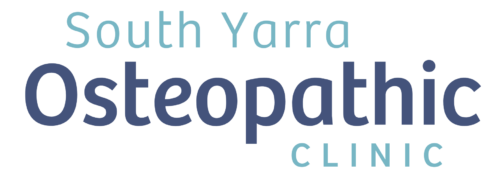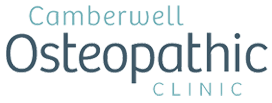Is it for me?
Hi, I am Dr Kimberley Masin and I am thrilled to introduce myself as the newest member of the Yarra Osteo team!
Something new I will be introducing to the clinic, is a technique called dry needling. If some of you are unfamiliar with the term, or are squeamish with the mention of needles, there is no need to be alarmed! I am about to provide you with an easy-to-follow introduction, explaining the simplicity of administration, effects and the additional benefits dry needling can achieve when combined with manual techniques in osteopathic treatments.
What is it? How will needles help my pain?
Dry needling involves the insertion of a fine filament needle in the muscle region of a “trigger point” or what you may commonly call a “knot” in a muscle. It is called dry needling because there is no liquid or substance injected into the body. The goal of using this technique is to cause a local twitch response in order to relieve muscular tension and pain. A muscular “knot” or “trigger point” is often painful and rigid. The needle causes microscopic damage to the muscular fibres in this “knot” and by doing so we jump-start the body’s normal healing process, directly targeting this area. There is an influx of blood flow to and from the area to assist this process.
Needles… Are they dangerous?
Whenever a needle is used there is a risk of infection. In the clinic, I use new, disposable and sterile needles, which are each enclosed in individual blister packs and have their own individual guide tube, which I will happily show all of my more curious patients. I also use alcohol skin swabs to clean the local area before any needles are used. The risk of infection is extremely rare.
A needle can be placed, inadvertently, in a vein or artery. No major damage will result from this as the needles are very fine and the body’s blood clotting process can easily address this minor penetration to a blood vessel. A slight and small bruise can sometimes develop. Dry needling is not appropriate for patients with bleeding disorders, such as haemophilia, or patients taking blood thinners.
I assure you that I am more than confident in my medical and anatomical knowledge and technical skills when preparing for and performing dry needling. I have used dry needling on thousands of patients’ and have had no reports of any adverse reactions thus far.
When is it used?
So, while reading this, you may be wondering, why do I need this? Osteo is great! How could this add to that? I agree, I love all of the manual techniques that I use in osteopathy. I think we have a fantastic skill set that is therapeutically beneficial to a wide range of people.
I’ll ask you this, have any of you ever come to see Kate or Piers, and been in so much pain, that any direct pressure or touch to the injured area is unbearable? Or, have you had the sorest upper shoulder from constantly sitting at a desk, and only regular treatments can keep this in check? This is where dry needling can be an extremely useful additional tool to treatments.
In my experience, for the acute patient who cannot bear to be touched, I have found that by administering some needles in the affected area initially, a significant release can be achieved with minimal discomfort to the patient. That’s right folks, as yucky as needles may sound to some of you, they can actually be less painful than a hands-on approach. Once a release is achieved, I have found that I can often then perform some direct techniques to the area, which, without the needling, would have been too painful.
For the chronic pain patients, using my example of “knots” in the tops of your shoulders, that you just can never seem to get rid of, and constantly need to be rubbed, needling is a great way of penetrating that much deeper into the muscle and addressing those shortened fibres or bands we were discussing earlier.
Does it hurt??
Have you ever had an injection at the doctors? The needles I use are 0.2-0.25mm in diameter. This is approximately ten times smaller than the diameter of those nasty injections you are familiar with. I use the same needles used in traditional acupuncture.
A healthy muscle will feel very little discomfort, many patients report to me that they have not felt any pain at all when inserting a needle. “Trigger points” or “knots” can be sensitive when treated. You might feel a cramping sensation, or a reproduction of the pain you have presented with. This is normal and is just the twitch response caused by the needle, or the “knot” releasing. My patients soon learn to recognise and even welcome this sensation as it relieves their symptoms.
After treatment, you may notice an increase in pain for one to three days followed by an expected improvement in your symptoms. This temporary discomfort is not uncommon in “normal” osteopathic treatments. Kate or Piers may have discussed this with you in the past.
When I administer this technique during a treatment, I am constantly seeking feedback from my patients. If at any stage something is uncomfortable it can easily and quickly be adjusted. Your comfort is essential. I will never perform any dry needling without having first discussed this and gained your consent.
And there you have it!! To summarise for you, needling can be a very beneficial additional tool within your osteopathic treatment. Hopefully you have found this article interesting and I have opened your mind to something new!
If you have any questions about how dry needling could benefit your treatment plan, feel free to contact us today or book an appointment online now!




